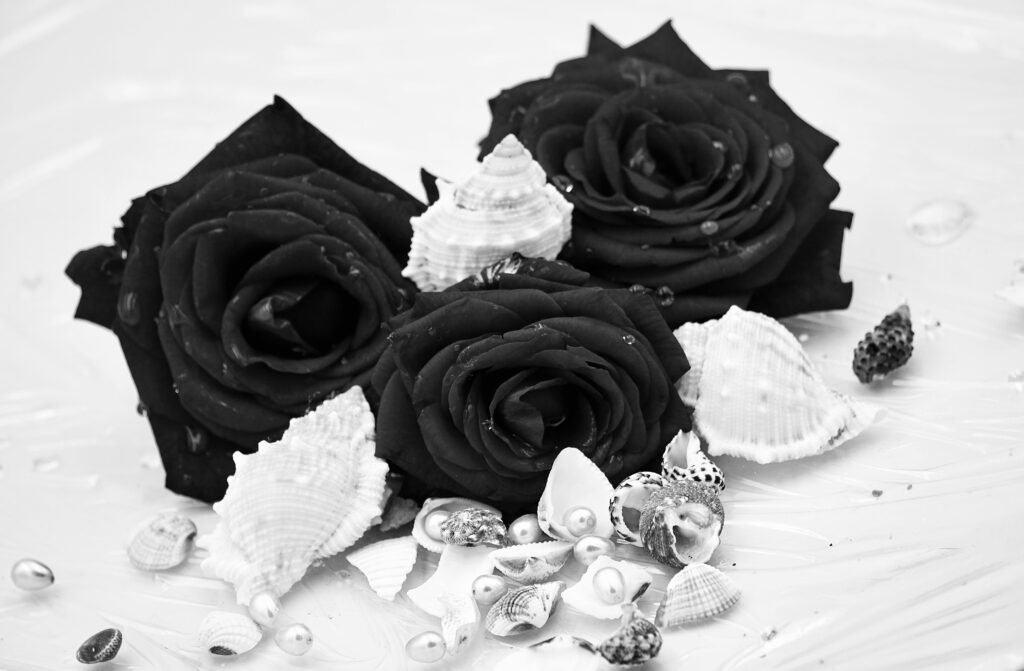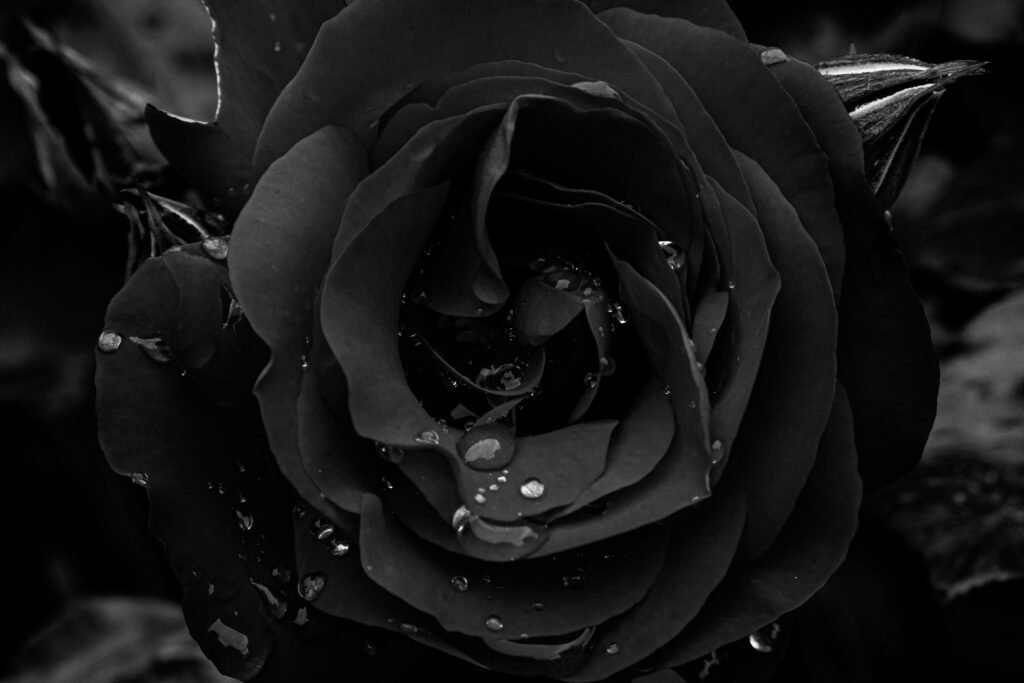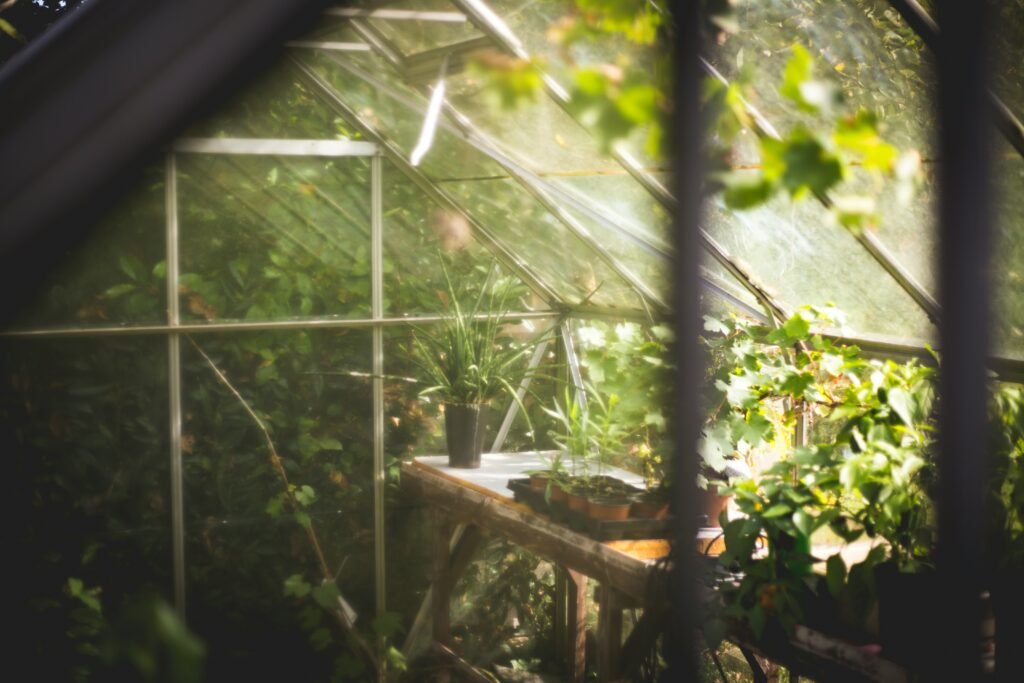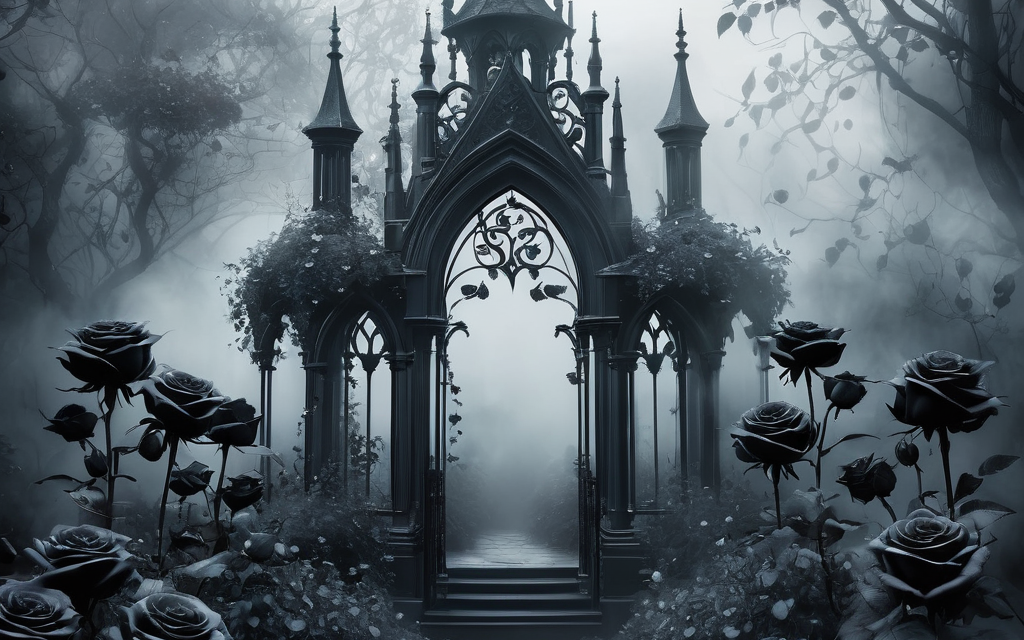Gothic flowers, deep and dark in color, are increasingly fashionable for gardeners whose landscapes seek drama and intrigue. Black roses have assumed a position of elegance and mystery among these fascinating blooms.
It is not necessarily a black flower, but it presents a play of colors in deep red, maroon, or purple that look like black in many lights. Let’s explore interesting facts and care tips regarding black roses that explain why they are a great addition to any goth garden.
The Unique Characteristics of Black Roses
Black roses have some of the darkest, velvety petals ranging from deep burgundy to near-black shades. This coloration results from the high quantity of anthocyanins — the pigments that deliver red, purple, and blue colors in plants. Very often, the surrounding garden environment and lighting make this apparent near-black appearance even more significant, and the rose stands out as a focal point.
Their dramatic color can add a punch when nestled beside lighter or more boldly colored flowers and plants.

Symbolism and Cultural Value of Black Flowers
Sometimes called Halloween flowers, black roses have been symbolic of many things. They represent mystery, elegance, and sophistication, making it the liked choice for people who want to emit an enigmatic aura. In literature and art, dark roses represent tragic love and rebirth after significant life changes or conquering problems. With these roses in your gothic garden, you can add emotional depth and storylines to the landscape.
Kinds of Dark Roses
Several cultivars of roses are famous for their dark colors. Some of the most popular are:
– Black Baccara: Boasts dark, velvety petals and excellent fragrance. They are often used for floral decoration.
– Black Magic: Dark red to blackish flowers that last longer are the merit of this rose.
– Black Jade: A dark maroon, miniature rose suitable for small garden spaces or container planting.

Care Requirements for Black Roses
Planting and Soil
These gothic plants grow very well in freely drained, fertile soil with high amounts of organic matter. They are slightly acidic to neutral pH (6.0–7.0). Select a site to plant that receives at least six hours of direct sunlight daily.
When planting roses, make a hole two times as large and deep as the root ball. Enrich the soil by adding compost or well-rotted manure to increase fertility and drainage. Once the rose is in place in the hole, backfill with soil while carefully setting the graft union—the swollen part indicating where the rose was grafted onto the rootstock—around or slightly above ground level.
Watering
Water roses at least once a week so that the water seeps deep into the soil, maintaining moisture throughout while preventing waterlogging. A soaker hose or drip irrigation can direct water toward the roots rather than overhead, keeping foliage drier and less susceptible to fungal diseases.
Fertilizing
Roses should be fed regularly to keep them healthy and the purple flowers coming. Use a balanced, slow-release fertilizer or one formulated for use on roses, used according to the package directions. Feed in early spring when new growth appears and continue every four to six weeks until late summer. Do not fertilize in late fall since this may cause a flush of new growth damaged by frost.
Pruning
Properly pruning your roses will help them maintain shape and promote health. Do this in early spring, right as buds begin to swell. Remove any dead, damaged, or diseased wood, cutting back the remaining canes for overall health. Make all cuts just above an outward-facing bud to encourage a well-spaced, open structure for allowing airflow around stems.
Management of Pests and Diseases
These roses are just as susceptible to aphids and spider mites as other roses, and they are vulnerable to the common rose diseases of black spot and powdery mildew. Inspect plants frequently for signs of problems. Employ organic or chemical controls when necessary and promote general garden cleanliness by collecting fallen leaves and other debris, which commonly harbor disease pathogens.

Create a Goth Garden with Gothic Flowers
Including both almost black flowers and red roses in a garden will enhance the gothic feel and appeal. Given their unique, dark blooms and high symbolism, it opens up great opportunities for building a dramatic landscape. In addition, you’ll often find them in a goth-style bridal bouquet or as part of a flower arrangement in home decoration. Learn about their care so you can be awed by the breathtaking beauty these roses provide while transforming your garden’s look and emotional depth.

